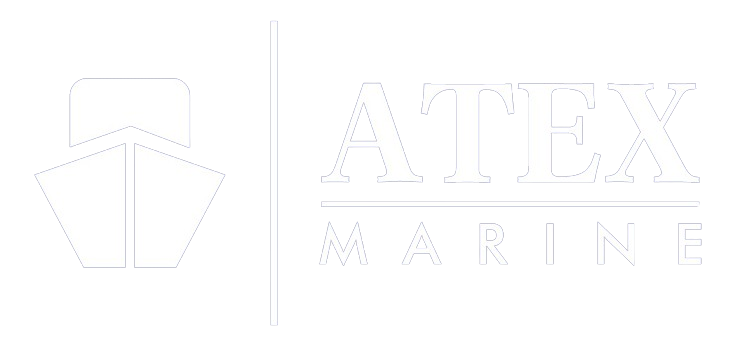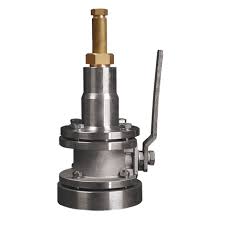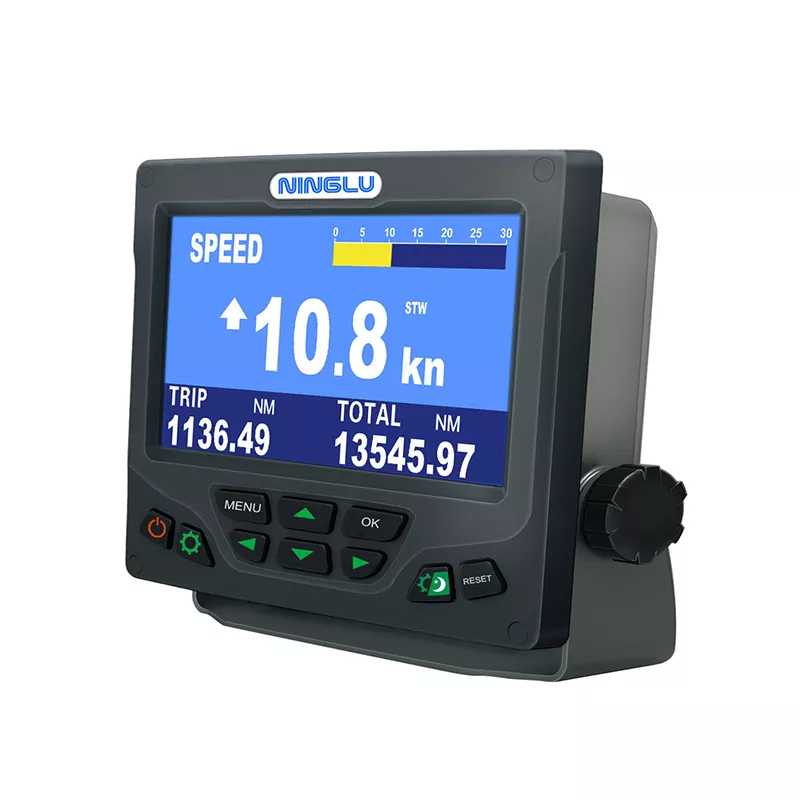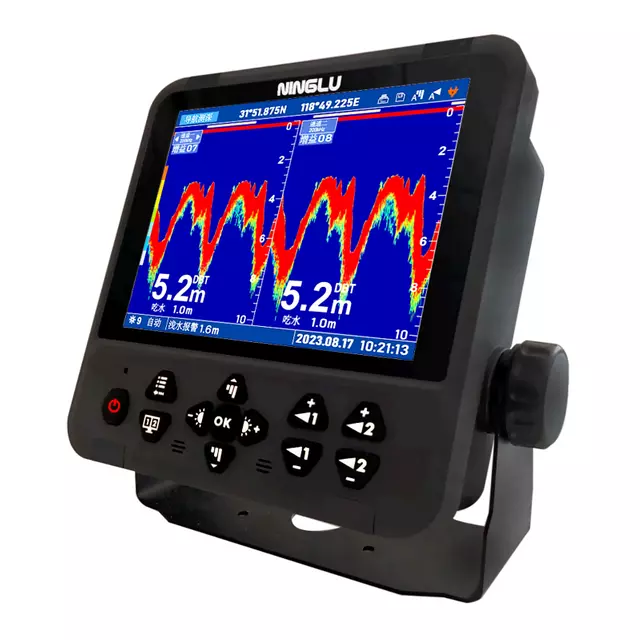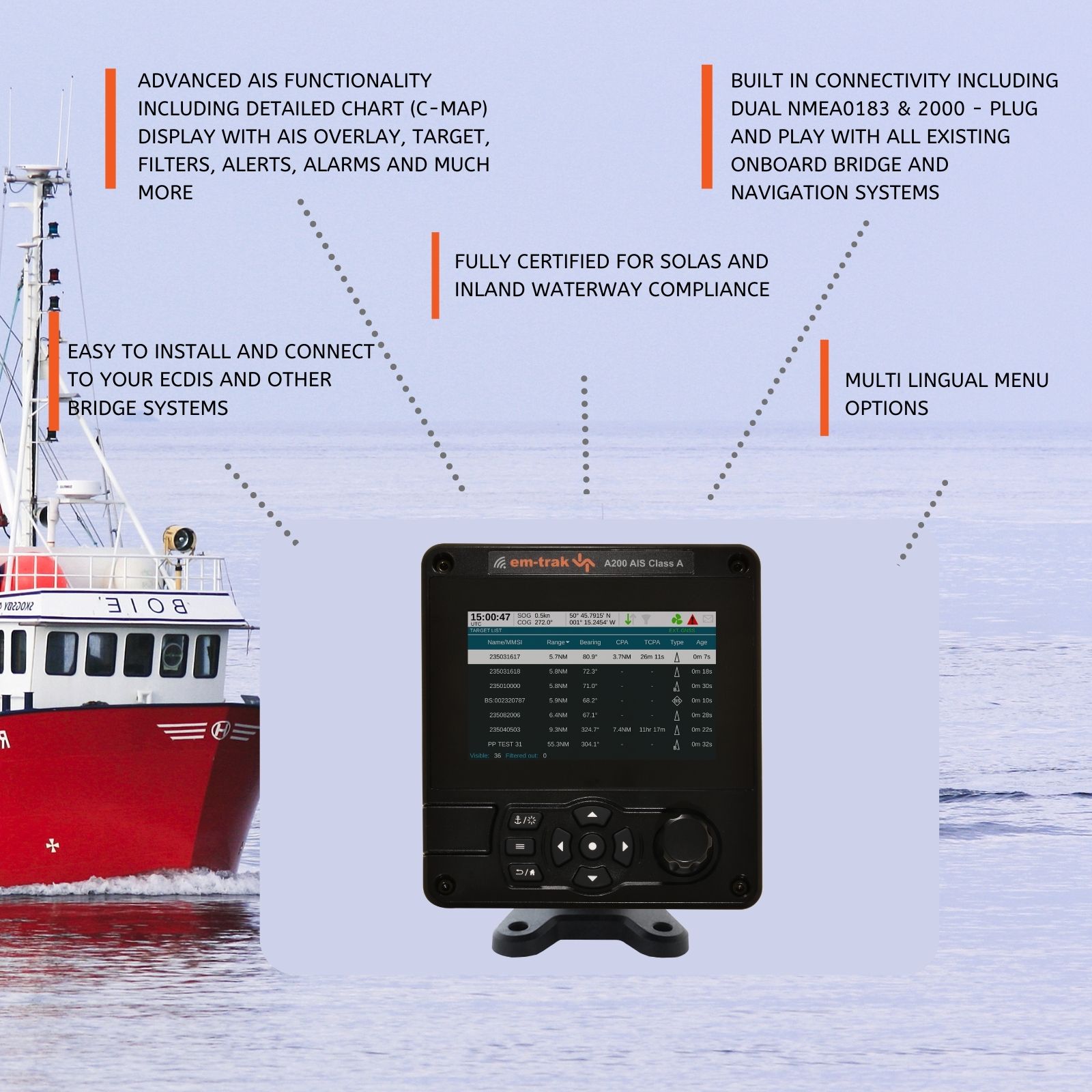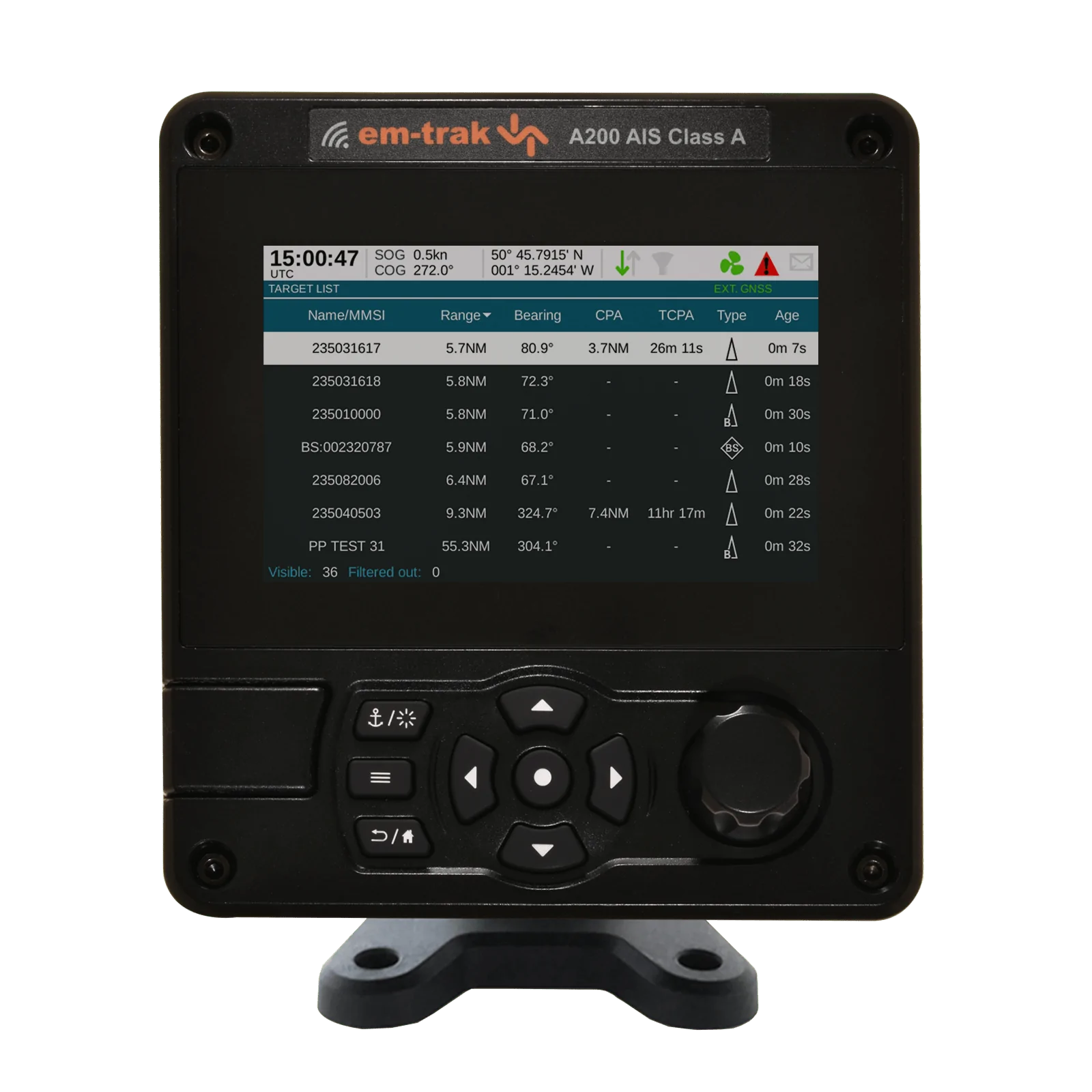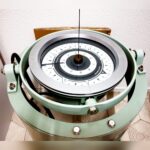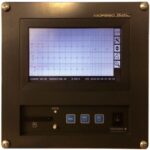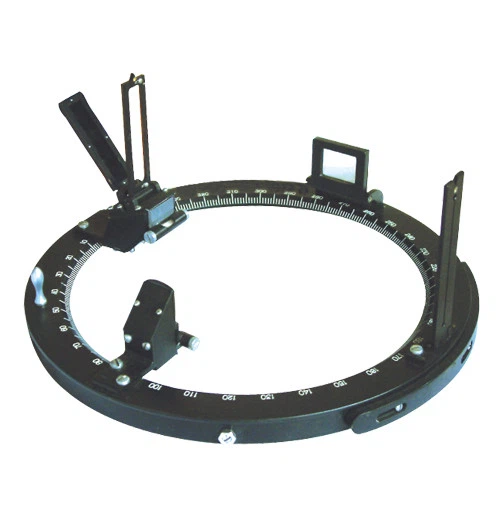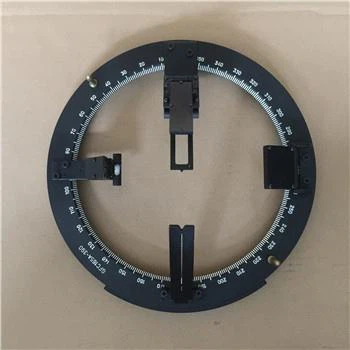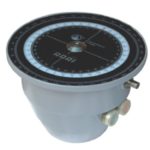Conning Display
A Conning Display is a critical tool in modern maritime navigation, providing essential information about the ship’s position, movement, and environment in a consolidated format. This system enhances situational awareness and aids in safe navigation. Below are some frequently asked questions (FAQs) about Conning Display:
Introduction to Conning Display
The Conning Display integrates data from various navigation and sensor System, presenting it on a single screen to give the bridge team a comprehensive view of the vessel’s status. This includes information on speed, heading, wind conditions, and other vital navigational parameters, which are crucial for safe and efficient vessel operations.
Key Features of Conning Display
- Integrated Information: Combines data from multiple navigation System.
- Real-Time Updates: Provides live data for immediate decision-making.
- Enhanced Situational Awareness: Offers a clear and comprehensive view of the vessel’s environment.
- Customizable Display: Allows users to configure the display to show preferred data.
10 FAQs about Conning Display
| Question | Answer |
|---|---|
| What is a Conning Display? | A Conning Display is a navigational tool that consolidates critical information about a ship’s position, movement, and environmental conditions, aiding in safe navigation. |
| How does a Conning Display enhance navigation? | The Conning Display enhances navigation by integrating data from various sensors and navigation System, providing a comprehensive view of the vessel’s status in real time, which improves situational awareness and decision-making. |
| What types of data are shown on a Conning Display? | A Conning Display shows data such as speed, heading, wind conditions, position, depth, and other navigational parameters that are critical for safe vessel operation. |
| Can the Conning Display be customized? | Yes, the Conning Display can be customized to show preferred data and layout, allowing operators to focus on the most relevant information for their specific navigation needs. |
| Who uses the Conning Display? | The Conning Display is primarily used by the bridge team, including the captain, officers, and navigators, to monitor and manage the vessel’s movement and ensure safe navigation. |
| What are the benefits of using a Conning Display? | The benefits of using a Conning Display include enhanced situational awareness, improved decision-making, real-time data integration, and a reduced risk of navigational errors. |
| How does the Conning Display improve safety? | The Conning Display improves safety by providing a clear, real-time view of the vessel’s navigational environment, allowing the bridge team to detect and respond to potential hazards promptly. |
| Is the Conning Display compliant with maritime regulations? | Yes, Conning Displays are designed to comply with international maritime regulations and standards, ensuring they provide reliable and accurate information for safe navigation. |
| What is the difference between a Conning Display and an ECDIS? | While both System enhance navigation, a Conning Display focuses on integrating real-time data from various sensors, whereas an Electronic Chart Display and Information System (ECDIS) primarily provides chart-based navigation. |
| Can a Conning Display be integrated with other navigation System? | Yes, a Conning Display can be integrated with other navigation System, such as radar, AIS, GPS, and ECDIS, to provide a comprehensive and cohesive view of the vessel’s operational status. |
Conclusion
The Conning Display is an essential tool in modern maritime navigation, providing real-time, integrated data to enhance situational awareness and decision-making. By consolidating critical information on a single screen, the Conning Display helps the bridge team navigate safely and efficiently, complying with international maritime regulations and improving overall safety at sea.
